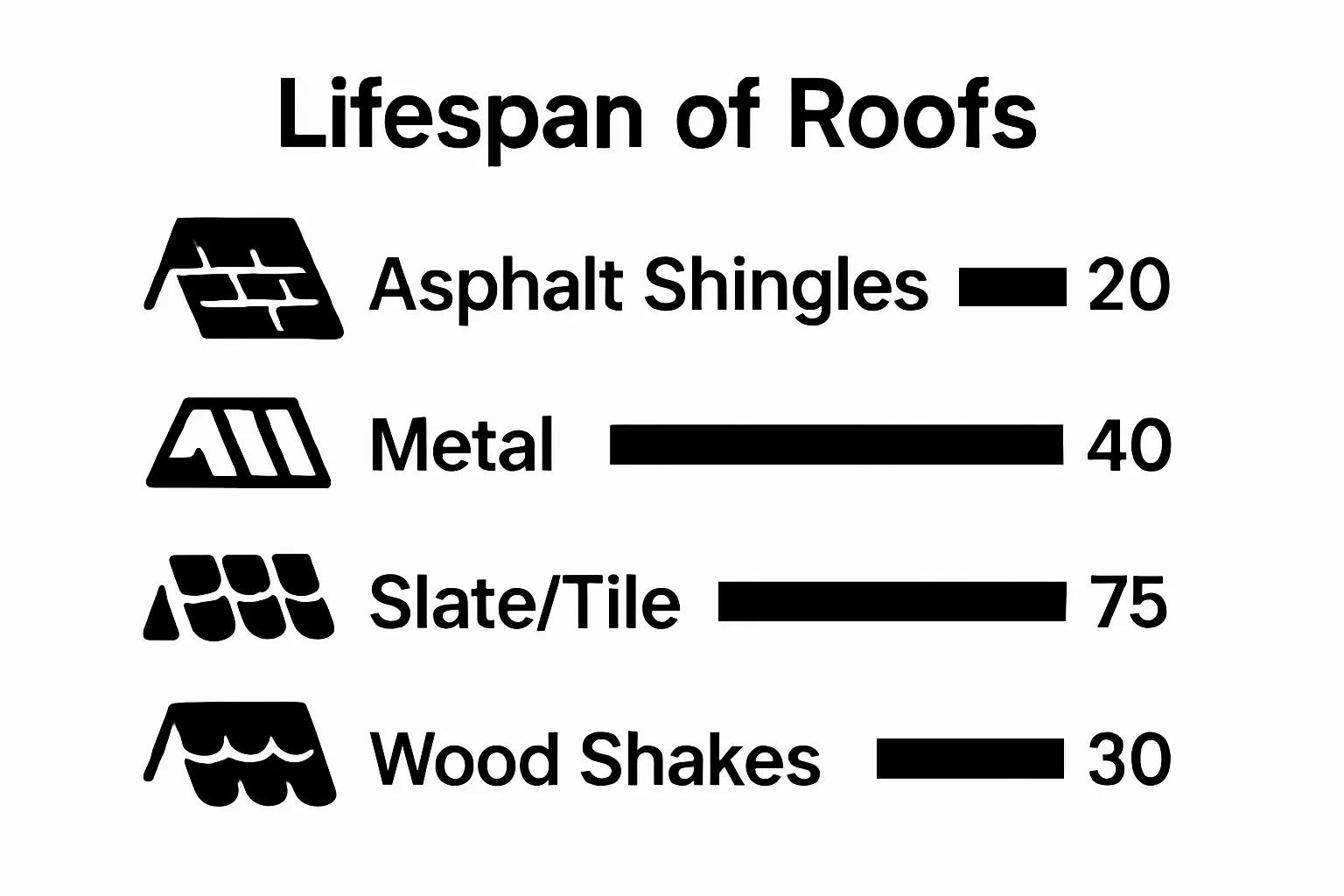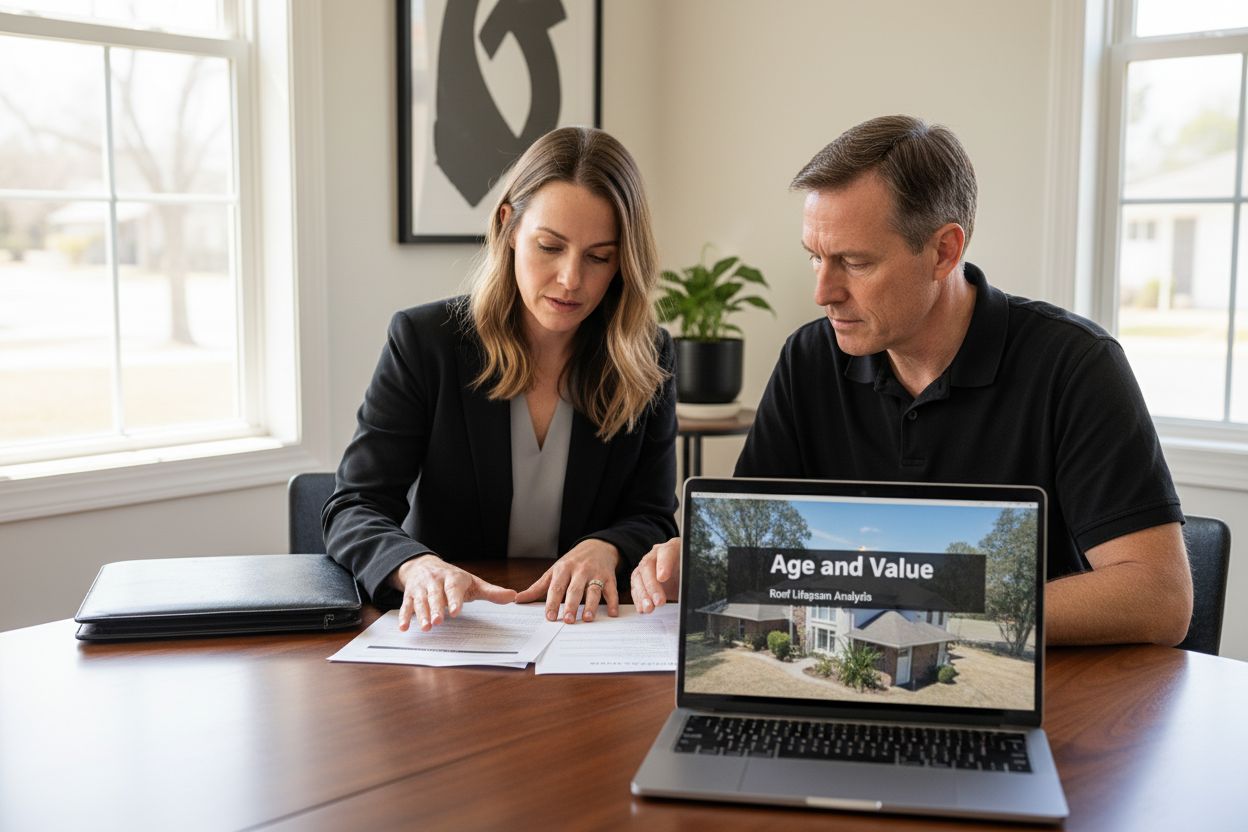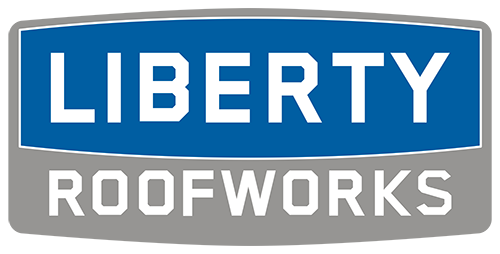Most people think about curb appeal and square footage when they judge a home’s value. Roof age rarely tops the list. Yet an old roof can lower your property value by up to 10 percent and seriously hike your insurance premiums. The real surprise is how easy it is to avoid those losses if you know what to look for and act before small problems spiral out of control.
Table of Contents
- What Is Roof Age And Lifespan?
- Why Roof Age Matters For Homeowners And Businesses
- Key Factors Influencing Roof Lifespan
- Understanding Roof Material Durability And Maintenance
- Real-World Implications Of Roof Age On Property Value
Quick Summary
| Takeaway | Explanation |
|---|---|
| Regular inspections prevent costly repairs. | Scheduling professional roof inspections helps identify minor issues before they escalate into significant damage or replacements. |
| Roof age affects property value significantly. | An aging roof can reduce property value by up to 10%, impacting resale opportunities and marketing. |
| Choose roofing materials wisely for longevity. | Selecting durable materials like metal or slate can extend roof lifespan, protecting your investment long-term. |
| Maintenance is key to maximizing roof lifespan. | Routine cleaning and addressing minor damages are essential to prolonging the effectiveness and durability of your roof. |
| Understand climate effects on your roof. | Local weather conditions directly influence roof deterioration, making climate considerations vital when planning maintenance. |
What is Roof Age and Lifespan?
Understanding roof age and lifespan is critical for homeowners who want to protect their most significant investment their home. Roof age refers to the time elapsed since the original installation, while roof lifespan represents the expected duration a roof can effectively protect a property before requiring major repairs or complete replacement.
Defining Roof Age and Lifespan
Roof age is a straightforward measurement tracking the number of years since the roof was initially installed. However, roof lifespan is more complex and depends on multiple interconnected factors. According to the National Park Service preservation guidelines, roof lifespans vary significantly based on several key elements:
- Roofing material type
- Quality of original installation
- Local climate conditions
- Regular maintenance frequency
- Exposure to environmental stressors
Factors Impacting Roof Longevity
Different roofing materials have inherently different lifespans. Asphalt shingle roofs typically last between 20 to 30 years, while more durable materials like slate or metal can extend beyond 50 years. Temperature fluctuations, precipitation, sunlight intensity, and wind exposure dramatically influence how quickly a roof ages.
Learn more about roof lifespan factors in our comprehensive guide.
Homeowners should recognize that roof age is not just a number but a critical indicator of potential vulnerabilities. Regular professional inspections help track age related deterioration and prevent unexpected failures. Understanding your roof’s age allows for proactive maintenance, strategic planning, and potentially significant cost savings by addressing issues before they become catastrophic.
Why Roof Age Matters for Homeowners and Businesses
Roof age is far more than a simple numerical measurement. It represents a critical indicator of structural integrity, financial investment, and potential future maintenance requirements for both residential and commercial properties.
Financial and Property Value Implications
The age of a roof directly impacts property value and potential repair costs. According to Angi’s Roofing Cost Guide, an aging roof can significantly decrease property market value and increase potential repair expenses. Older roofs present several financial risks:
- Reduced property resale value
- Higher insurance premiums
- Increased likelihood of extensive damage
- Potential structural compromise
Safety and Structural Integrity Considerations
As roofs age, their ability to protect buildings diminishes. Older roofing systems become more vulnerable to environmental stressors like wind, rain, and temperature fluctuations. Check out our comprehensive guide on preserving your roof’s life to understand how proactive maintenance can mitigate these risks.
Roof deterioration is not just cosmetic. Aged roofs can develop critical weaknesses that compromise building structural integrity, potentially leading to water intrusion, mold growth, and significant interior damage. Professional regular inspections become crucial in identifying and addressing potential vulnerabilities before they escalate into costly repairs or complete roof replacements.
Key Factors Influencing Roof Lifespan
Multiple interconnected factors determine how long a roof will effectively protect a property. Understanding these variables helps homeowners make informed decisions about roof maintenance, repair, and potential replacement.
Material Selection and Quality
The roofing material is a fundamental determinant of longevity. According to the National Park Service preservation guidelines, different materials offer substantially different lifespans and performance characteristics. Typical roofing materials and their expected lifespans include:

- Asphalt shingles: 15 to 30 years
- Metal roofing: 40 to 70 years
- Slate and tile roofs: 50 to 100 years
- Wood shakes: 20 to 40 years
Environmental and Climatic Influences
Local climate plays a crucial role in roof deterioration. Extreme temperature variations, intense sunlight, heavy precipitation, and severe weather events dramatically impact roof longevity. Explore our detailed guide on commercial roof lifespan considerations to gain deeper insights into environmental challenges.
Installation quality and ongoing maintenance are equally critical. Professional installation ensures proper material application, while regular inspections and timely repairs prevent minor issues from escalating into major structural problems.
Below is a comparison of typical roofing materials and their expected lifespans for homeowners assessing the right choice for durability and investment protection.
| Roofing Material | Expected Lifespan (Years) |
|---|---|
| Asphalt Shingles | 15 to 30 |
| Metal Roofing | 40 to 70 |
| Slate & Tile Roofs | 50 to 100 |
| Wood Shakes | 20 to 40 |
Understanding Roof Material Durability and Maintenance
Roof material durability represents a critical intersection between material science, engineering, and long term property maintenance. Different roofing materials offer unique characteristics that influence their performance, resilience, and maintenance requirements.
Material Performance Characteristics
Each roofing material presents distinct durability profiles based on inherent physical properties. According to the National Park Service preservation guidelines, routine maintenance dramatically impacts a roof’s longevity. Roofing materials can be categorized by their fundamental durability attributes:
- Resistance to UV degradation
- Thermal expansion and contraction tolerance
- Water and moisture repellent capabilities
- Structural integrity under mechanical stress
- Chemical resistance to environmental pollutants
Maintenance Strategies for Longevity
Proactive maintenance strategies differ significantly across roofing materials. Learn more about preserving your roof’s life with our comprehensive maintenance guide. Regular professional inspections serve as the cornerstone of effective roof maintenance. Homeowners should prioritize:
Identifying and addressing minor damage before it becomes catastrophic
Cleaning debris and maintaining proper drainage systems
Checking for signs of material degradation
Ensuring proper ventilation to prevent moisture accumulation
Understanding the specific maintenance requirements of your roofing material can extend its functional lifespan by decades, ultimately protecting your property and minimizing long term repair costs.
Real-World Implications of Roof Age on Property Value
The age of a roof extends far beyond a simple number on a home inspection report. It represents a critical factor that directly influences property valuation, insurance considerations, and overall marketability of real estate.
Financial Impact of Roof Condition
A roof’s age significantly affects a property’s market value and potential sale price. According to Angi’s Home Valuation Research, an aging or damaged roof can reduce property value by up to 10%. Potential financial implications include:

- Decreased property resale value
- Higher insurance premiums
- Potential negotiation challenges during sale
- Increased maintenance and repair costs
Insurance and Appraisal Considerations
Insurance companies closely scrutinize roof age when determining coverage and rates. Learn more about how your roof’s age impacts insurance claims to understand the full financial landscape. An older roof may result in:
- Limited or restricted insurance coverage
- Higher annual insurance premiums
- Potential requirement for roof replacement before obtaining full coverage
- Increased likelihood of claim denials
Proactive homeowners who understand and manage their roof’s age can strategically protect their property’s value and minimize unexpected financial burdens.
This table summarizes the most significant financial and insurance impacts associated with roof age as highlighted in the article.
| Impact Area | Effect of an Aging Roof |
|---|---|
| Property Resale Value | May decrease by up to 10% |
| Insurance Premiums | Can be significantly higher due to increased risk |
| Insurance Coverage | May be limited or require roof replacement for full coverage |
| Sale Negotiation | Can create challenges or require concessions |
| Maintenance & Repair Cost | Higher likelihood of expensive repairs and ongoing maintenance needs |
| Claim Denials | Older roofs increase the risk of insurance claim denials |
Ready to Protect Your Roof’s Future?
If you are feeling uncertain about how old your roof is or how long it will keep your home protected, you are not alone. Many homeowners worry about issues like falling property value, unexpected repair costs, and the risk of water damage—all of which are influenced by roof age and lifespan. When the article mentions terms such as roof age, maintenance, and structural integrity, it highlights your real need for expert insight and trustworthy action.
Liberty Roofworks is here to guide you. Our roofing experts offer thorough professional inspections, whether you need a small repair, a full roof replacement, or long-term maintenance. We specialize in solutions for residential and commercial roofs. Do not let concerns over your roof’s age catch you off guard. Learn more about our full range of services and discover how our team can maximize your roof’s lifespan. Take the first step today—contact Liberty Roofworks to secure your home’s value and safety for years to come.
Frequently Asked Questions
What is the difference between roof age and roof lifespan?
Roof age is the number of years since the roof was installed, while roof lifespan refers to the expected duration the roof can effectively protect a home before needing repairs or replacement.
How does roofing material impact the lifespan of a roof?
Different roofing materials have varying lifespans. For instance, asphalt shingles last about 15 to 30 years, while metal roofs can last 40 to 70 years, and slate roofs can exceed 50 years. The choice of material plays a significant role in how long a roof will last.
Why is it important to know my roof’s age?
Knowing your roof’s age helps homeowners understand its current condition, assess potential vulnerabilities, plan for maintenance, and anticipate future repair costs. It can also impact property value and insurance considerations.
How can I extend the lifespan of my roof?
To extend your roof’s lifespan, engage in regular professional inspections, keep gutters clean, maintain proper drainage, check for signs of damage, and ensure adequate ventilation. Proactive maintenance can prevent minor issues from becoming major problems.
